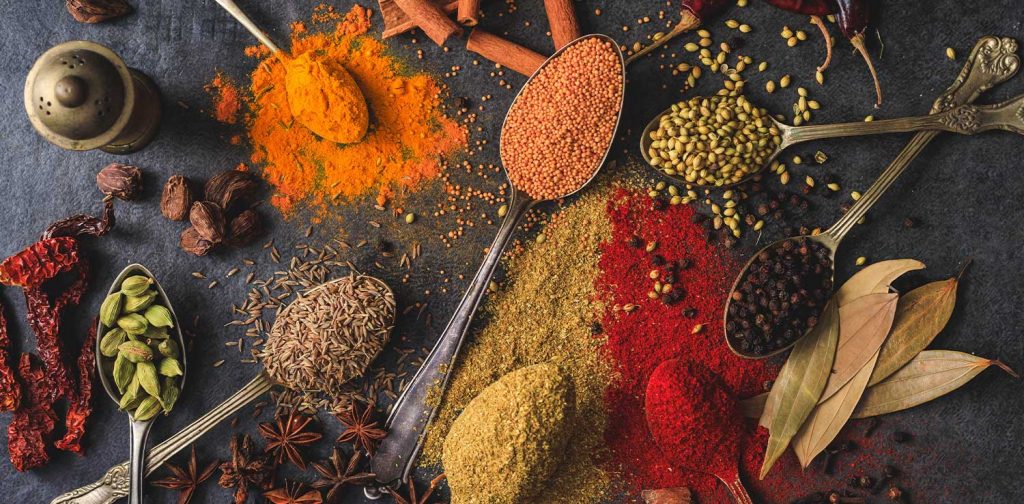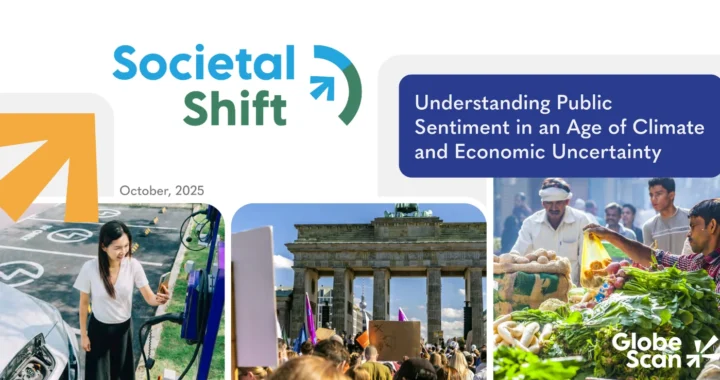Enthusiasts Reclaim Spices’ Cultural Heritage, Launch Spice Hub Indonesia

Illustration of spices | Photo by Shantanu Pal from Pexels
Indonesia is heavenly in natural resources, including spices. Its spices even shape the country’s centuries of history. However, awareness and recognition of Indonesian spices’ value against their strategic potential are still considered relatively low among stakeholders and people. This gap has urged CinnamonTalk in collaboration with FACT-Indonesia to establish Spice Hub Indonesia, launched in May 2021.
Spice Hub Indonesia is an online and offline platform dedicated to enabling collaboration among Indonesian spices enthusiasts. The organization connects stakeholders with the vision to promote Indonesian spices to the world, improve the lives and well-being of the spice farmers, and solve value chain problems in this commodity. Relevant actors include and are not limited to research centers, universities, non-profit organizations, spice farmers, cooperatives, government bodies, and businesses.
“We are a scientific movement. We make sure that our ideas and programs are science-based, not mere diplomacy,” says Sidi Rana Menggala in an interview with Green Network. Sidi is the founder and host of CinnamonTalk, one of the key persons to Spice Hub Indonesia. He is also a Bioscience Engineer at Ghent University in Belgium.
“Through Spice Hub Indonesia, we want to empower spice farmers, hence, potentially contribute towards sustainable development in many areas such as poverty eradication, rural development, food security and sustainable agriculture, forest management, biodiversity and ecosystem, green economy, capacity development, science, and trade,” Sidi adds.
“Women’s empowerment is also crucial to our movement. Many of the spice farmers are women, and we want to empower them through the initiative,” adds Rina Rachmawati, another key person to Spice Hub Indonesia, also a Plant Protection and Ecology Researcher at Brawijaya University in Indonesia.
Spice Hub Indonesia delivers its mission through:
- Transforming the value chain.
- Creating a one-stop platform for volunteers, scientists, and partners.
- Establishing a collaborative platform for multi-stakeholders to solve common problems of spice harvest and post-harvest challenges more effectively.
Spice Hub Indonesia’s activities vary from research, training, engagement with producers, farm management, marketing and promotion, to business matching on Indonesian spices. The organization is welcoming potential collaborations from stakeholders with the same enthusiasm for promoting Indonesian spices heritage and productivity.
“We are determined to raise awareness that spices should be the core value of Indonesian cultural heritage. Our ancestors cultivated spices for thousands of years! This ideal has long been very much underrated,” says Sidi and Rina, concluding the interview session with Green Network Asia.
Editor: Agung Taufiqurrakhman

Join Green Network Asia Membership
Amidst today’s increasingly complex global challenges, equipping yourself, team, and communities with interdisciplinary and cross-sectoral insights on sustainability-related issues and sustainable development is no longer optional — it is a strategic necessity to stay ahead and stay relevant.
Join Now

 Closing the Sacrifice Gap: Mainstreaming Climate Behavior for Meaningful Change
Closing the Sacrifice Gap: Mainstreaming Climate Behavior for Meaningful Change  Addressing the Elephant in the Forest: The Necessity of Disaster Recovery Plans for Wildlife
Addressing the Elephant in the Forest: The Necessity of Disaster Recovery Plans for Wildlife  Weaving the Thread Between the Last Elephant and the Floods in Sumatra
Weaving the Thread Between the Last Elephant and the Floods in Sumatra  Bringing Buried Rivers Back to Life Through Daylighting
Bringing Buried Rivers Back to Life Through Daylighting  Prescribing Beyond Profit for CEOs’ Anxiety
Prescribing Beyond Profit for CEOs’ Anxiety  An Interview with May Tan-Mullins, CEO and Provost of University of Reading Malaysia
An Interview with May Tan-Mullins, CEO and Provost of University of Reading Malaysia